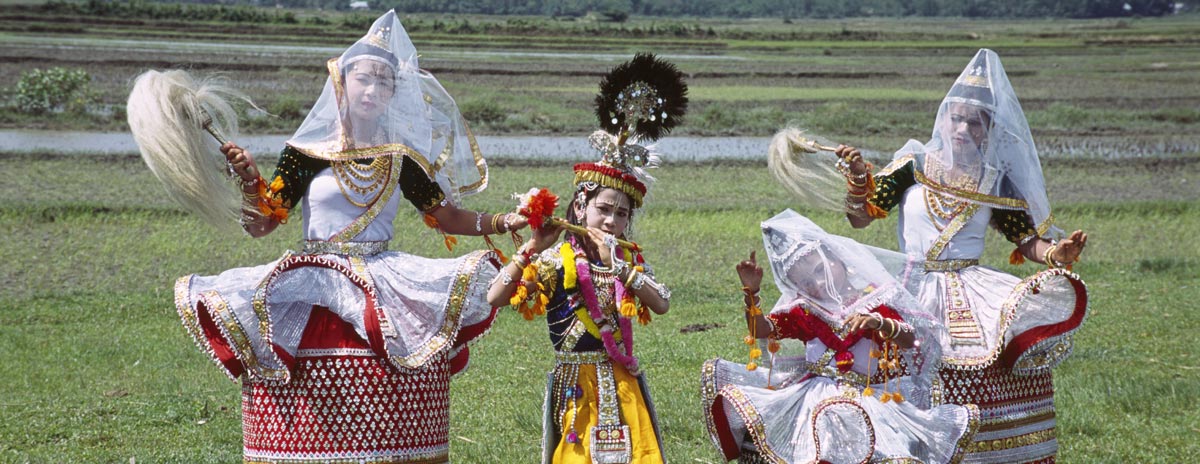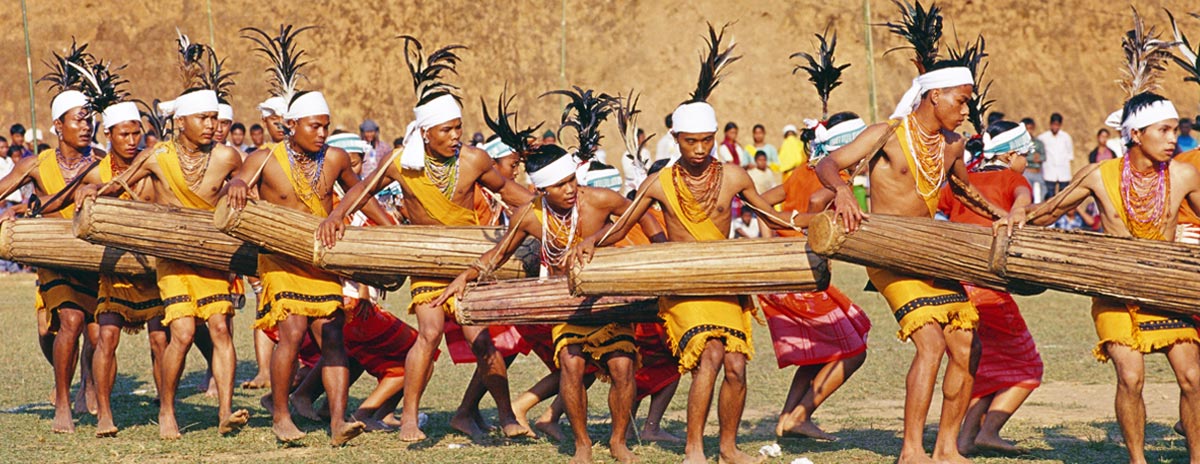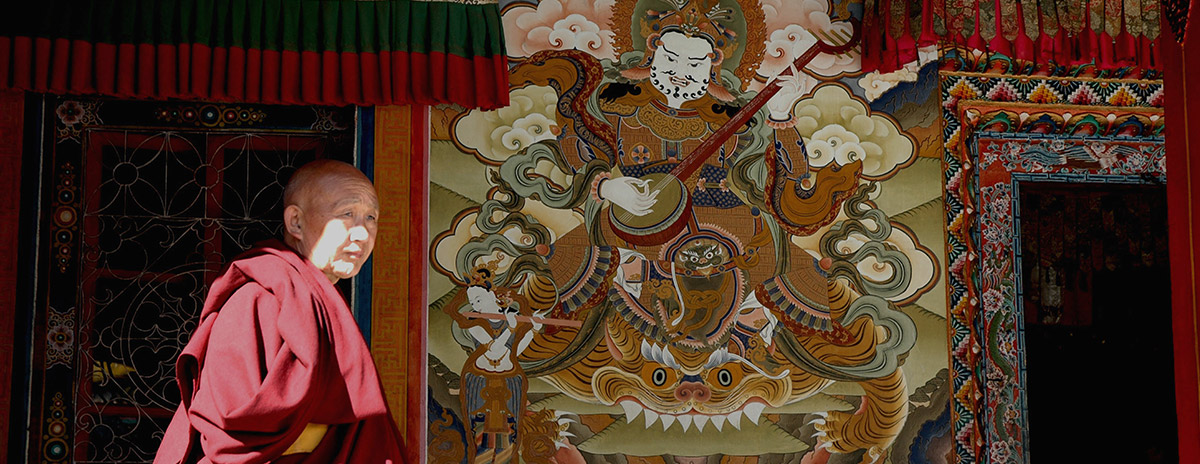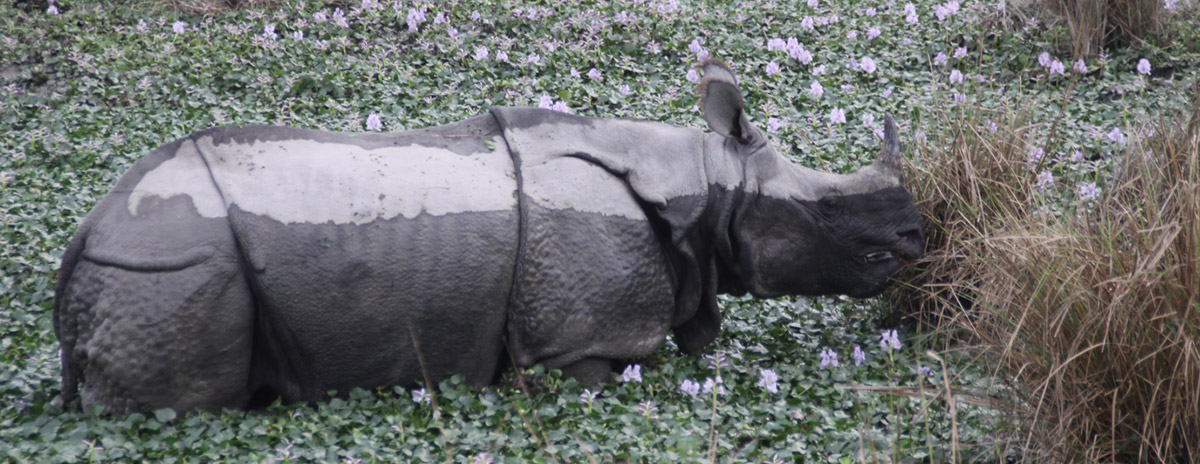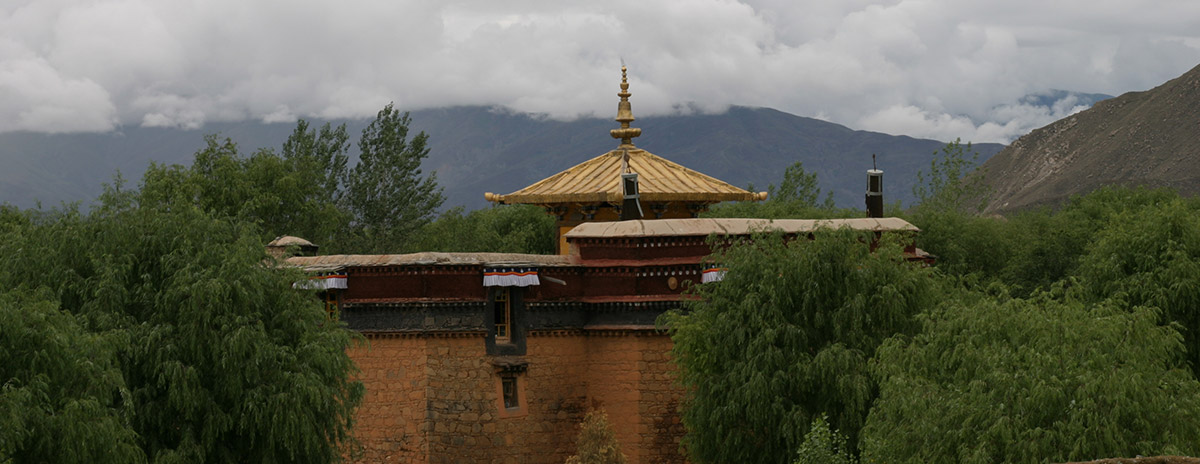Assam and Nagaland
13 Day's :
Kolkata - Guwahati - Kaziranga - Jorhat - Majuli - Kohima - Tuophema - Mokokchung - Tuensang - Mon - Dibrugarh - Kolkata
Tribes from the North - East
Assam and Nagaland are among the most spectacular and the amazing states of north-east India and is a mosaic of cultures. In a preserved nature, between tea plantations and rugged mountains, this exceptional journey will allow you to meet many ethnic groups, which remained isolated from modern India. You will explore the Kaziranga Park famous for its population of one-horned rhinoceroses. The island of Majuli in the middle of the mighty Brahmaputra River is the center of a new culture of Vishnu devotees living in communities. If you choose to come in December you can attend the Hornbill festival near Kohima, with its cultural presentation of ethnic groups in Nagaland.
Tribes of Assam are the aborigines of the land, they have inhabited the area from times immemorial. They represent a branch of the Caucasian race. The state of Assam is surrounded by its other “six sisters of the North-East” : Arunachal Pradesh, Nagaland, Manipur, Mizoram, Tripura and Meghalaya.. In all, they have a population of 26 million inhabitants. The land of Assam is embellished by a number of hills which includes Karbi Anglong and North Cachar hills. We find there also vast rivers such as Brahmaputra and Barak which center the region of Assam. Overall this state has been important within Indian politics for it represents a large group of Indian tribes who belong to various ancient groups.
Tribes of Nagaland are well-known for their festivals which are an integral part of the land. These colourful events usually focus on agriculture which is the main occupation of the people. All the tribes celebrate different seasonal festivals with a pageantry of colour and local music. While the festivals of Nagaland represent the traditions of the land, overall these are largely oriented towards offering prayers to the Supreme Being who is recognised by different names in different corners of the region. Almost 80 percent of the population is engaged in agriculture and is located on hill slopes which receive a sufficient amount of rainfalls. The tribes have a balanced farming including variegated crops, which prevents the hazards of monoculture, too often imposed across the world by the giants of food industry like Monsanto.

